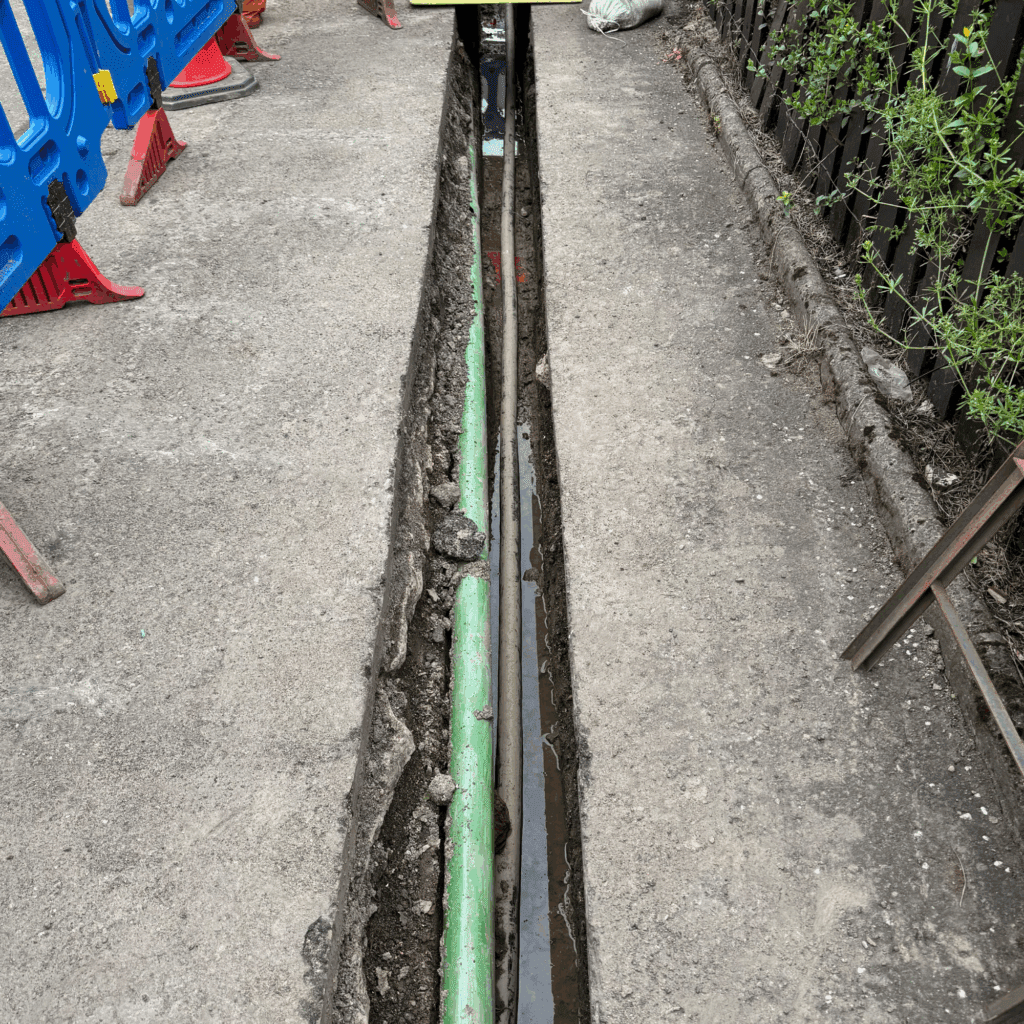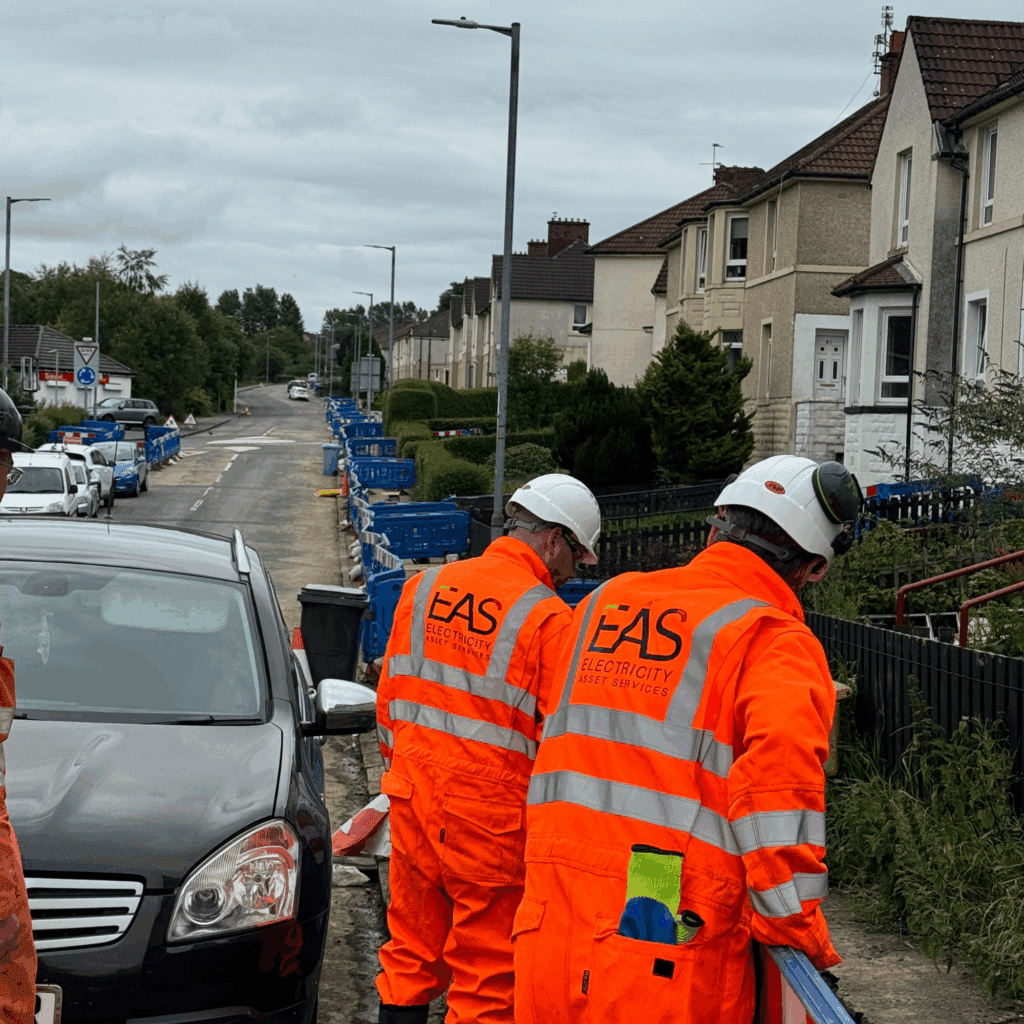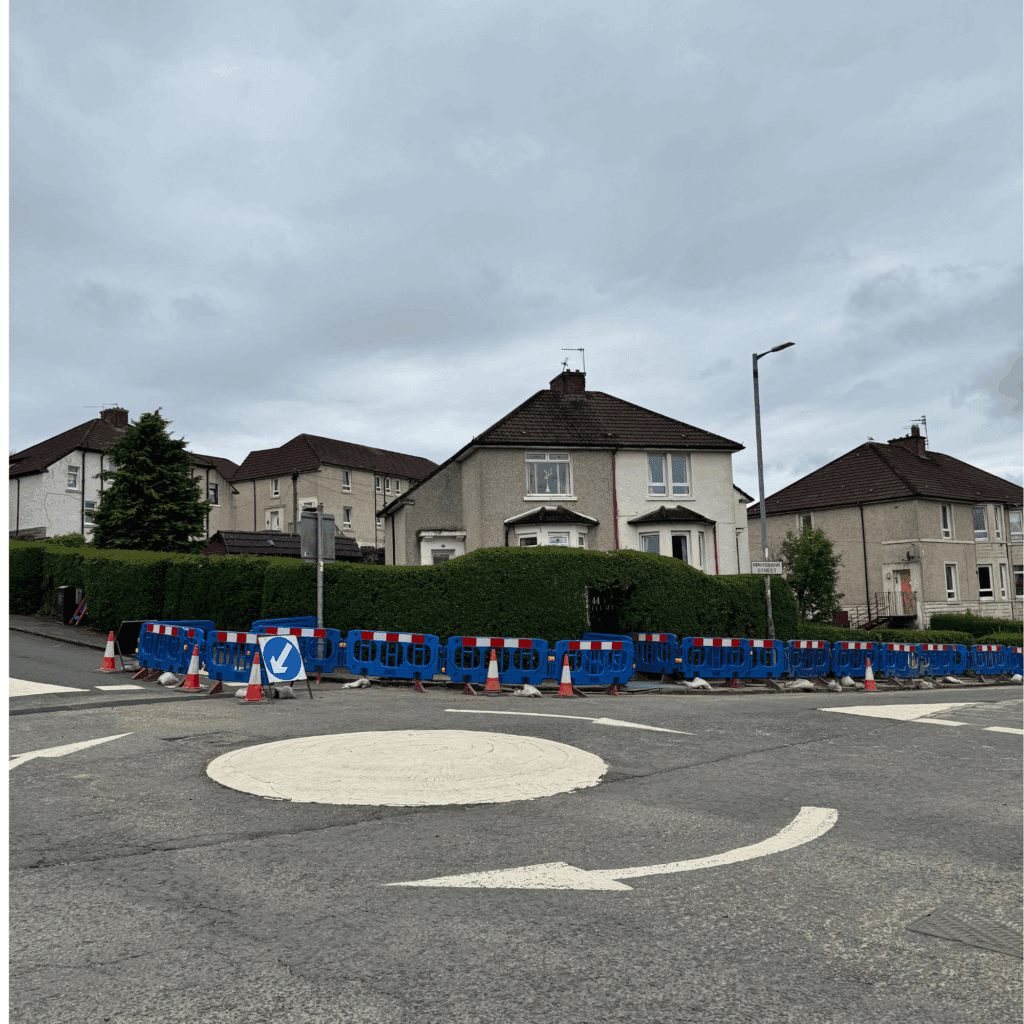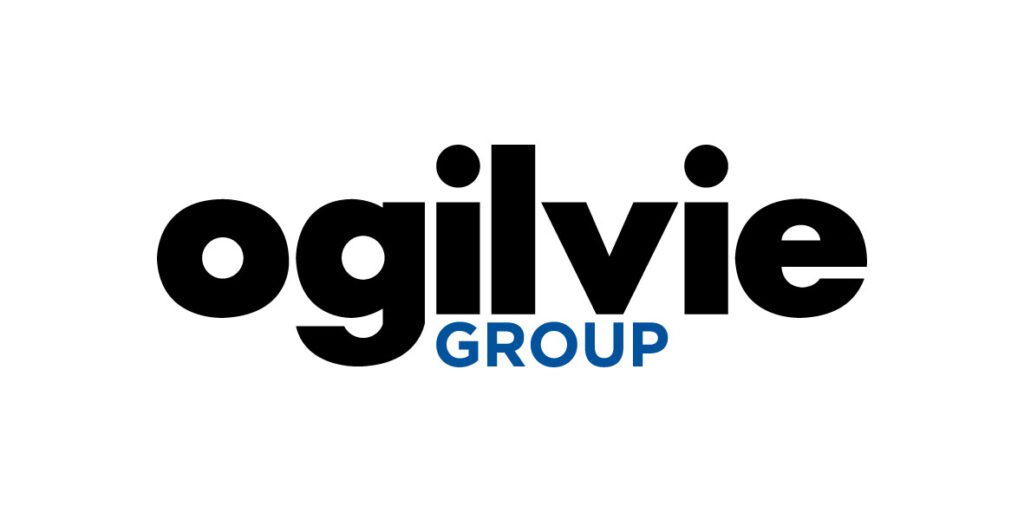Our Airdrie project forms part of the Rising Lateral Mains Framework and involves the unlooping of 302 properties across the Airdrie area, including the installation of new mains, service, and Low Smoke Zero Halogen (LSZH) cables within residential buildings.
Unlike typical network installations, this project requires cables to be routed further into properties to supply individual internal apartments. This has introduced additional design and safety considerations, particularly around fire protection and compliance with building standards.
Due to the differing fire protection ratings between cable types, standard service cables can only be installed up to three metres internally. Beyond this point, LSZH cables are used as they provide enhanced fire resistance and reduced smoke emissions in the event of a fire. These cables are being installed through the building from the downstairs’ three phase supply to upstairs property’s single phase cable head, ensuring safety and reliability throughout the network.
The Airdrie project highlights EAS’s ability to adapt our approach to suit complex environments and deliver compliant, high-quality electrical infrastructure in occupied residential settings safely, efficiently, and with minimal disruption to residents.



Health & Safety
As Airdrie is a densely populated area, the safety and wellbeing of both our team and the local community has been our primary focus from the outset. Careful planning and site management have been essential to ensure the works are carried out safely, with minimal disruption to residents, schools and local businesses.
At EAS, health, safety and welfare are at the heart of everything we do. Each stage of this project has been risk assessed and monitored closely to maintain the highest standards of safety performance across site operations.
Sustainability & Material Reuse
Where possible, existing network assets such as cable chambers, junction pits and pipelines were identified for safe recovery and reuse. This approach reduces waste and supports a more sustainable way of working.
Recovered materials including concrete lids, backfill, steel gratings and valves were cleaned, inspected, and reintroduced into the network, helping to cut down on the need for new materials and reducing the project’s environmental footprint.
EAS also worked with local suppliers to process and repurpose suitable recovered materials, ensuring that the economic and environmental benefits of reuse remained within the local area.
Environmental Responsibility
The project team continues to monitor the environmental impact of all site activities, with a particular focus on reducing carbon emissions through the reuse of materials and efficient resource management. These efforts contribute to both cost savings and measurable carbon reductions over the lifetime of the assets.
Summary
The Airdrie project demonstrates EAS’s commitment to delivering safe, sustainable and community-conscious infrastructure works. By combining robust safety management with practical environmental measures, we’re supporting both network reliability and local wellbeing — setting a strong example for responsible delivery across Scotland’s utilities sector.




